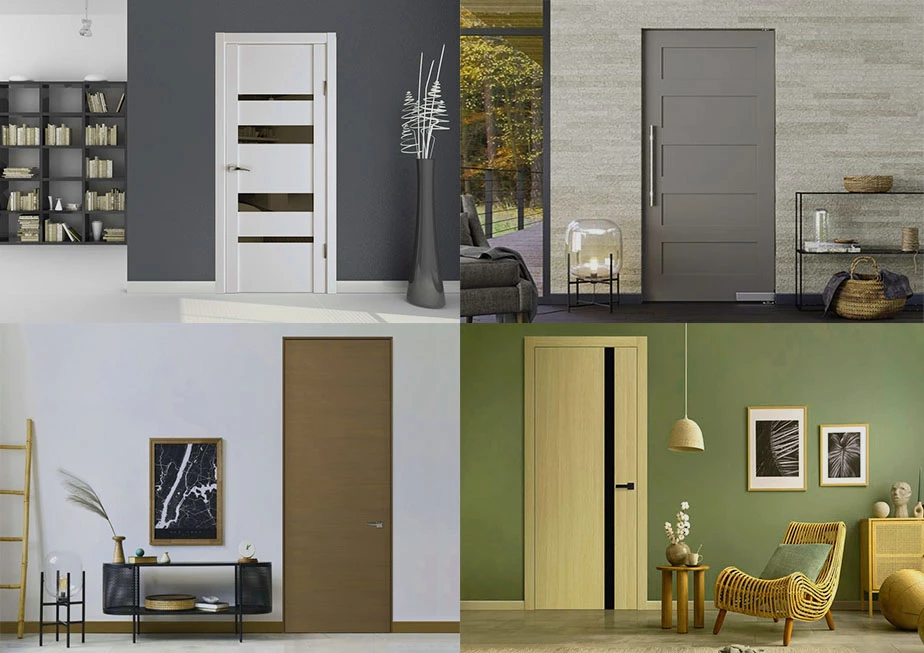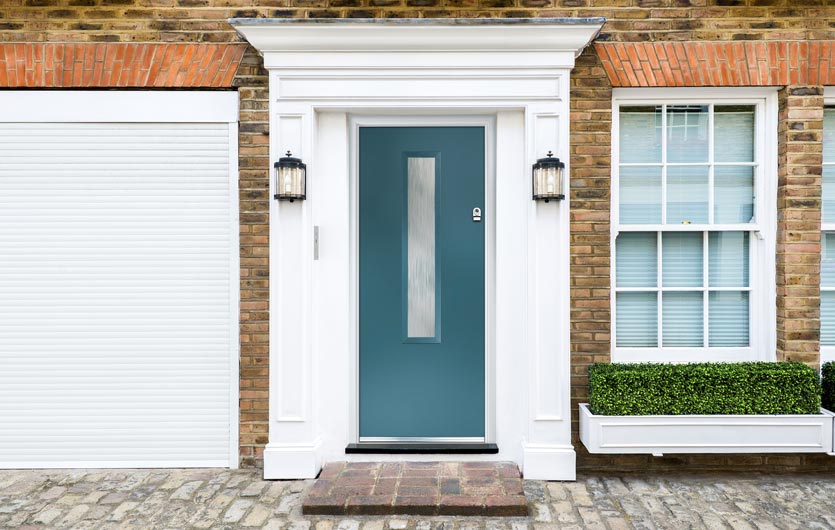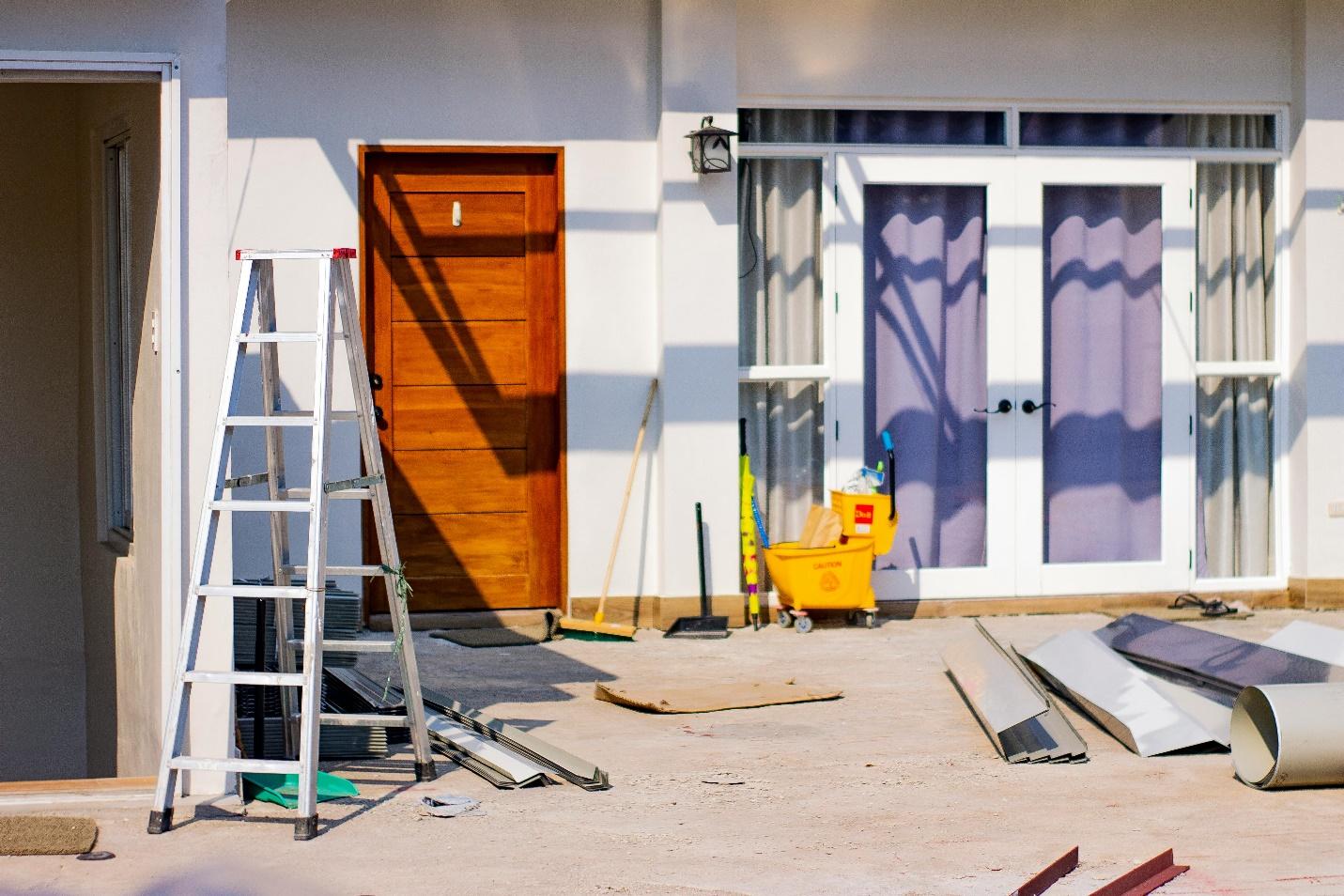No surface lasts forever. though, if they can keep the International Space Station going for a decade, your flooring should hold up to traffic at least that long.
Of course, that requires you to pick the right flooring for your home. Form and function follow each other, whether it be a terrestrial home or a space station surface.
Selecting flooring is best done with a firm outlook on your needs and an understanding of your options. Both are presented below.
Considerations in Flooring for Your Home
With so many flooring options available at reasonable prices thanks to modern machining, almost any aesthetic is achievable.
What you need to focus on is the utility of the floor: how well will it hold up, where, and where are the biggest costs?
Environment
Flooring is a component of a house’s ecosystem. It helps to regulate temperature which impacts energy costs. Fluctuations in heat don’t matter if the home is climate-controlled. Controlling moisture is a different matter.
You need to consider the moisture accumulation in your area before selecting a floor.
The right flooring saves you on monthly bills and avoids the accumulation of gunk and pests.
Usage
Is the flooring for a high-traffic area, a bathroom, a seldom-seen space?
Considering what will traverse the floor, and how often, matters to the material.
Don’t make the mistake of carpeting a kitchen. It ends badly in some sad smells.
Installation
The largest cost of flooring is often the installation. The material rate is a fraction of the overall cost if you need to pay to have the floor installed.
Some materials are much more DYI than others. If you have a smaller up-front budget, an easier-to-install material helps.
Maintenance
Speaking of budget, upkeep is the real killer. Some floors cost far more lifecycle than others in terms of repairs and upkeep. Pick a floor you can afford over time.
Material Options
With that in mind, here are popular types of flooring and how they fit into the above criteria.
Hardwood
Hardwood isn’t the most expensive option. Newer manufacturing techniques have made it easier to install and procure.
It handles most environments well but too much water undercuts its lifespan.
Ceramic
These tiles are costly to install but handle all weather. They are easy to clean and look great in any non-living area.
For a throw-rug-loving person, they even fit communal areas.
Vinyl
Vinyl is the most versatile of materials, offering pattern and aesthetics that cover the gamut. They are easy to install and wick moisture well.
You can find many vinyl home flooring luxury options from ReallyCheapFloors.com. Vinyl flooring is also easy to repair from its piecemeal nature.
Laminate
Laminate floors are the cheapest option. They are easy to install and replace. New finishes keep their color true for decades.
Stone
Stone tiles aren’t cheap as stone isn’t exactly easy to produce. Like ceramics, the installation is steep. However, stone is warmer than ceramics and easy to clean.
It also can take a beating beyond other materials with weathering only improving the look of the flooring.
Carpet
For a room that is high-traffic or a living area, carpet still offers a warmth and softness unmatched by other materials. Carpets come in many colors and qualities.
For homes with pets or allergy-prone dwellers, they are not the best option.
More Advice
That covers how to select flooring for your home. With so many options, you’re sure to get exactly what you need.
For more advice and tricks for the home, give us another click soon.


















